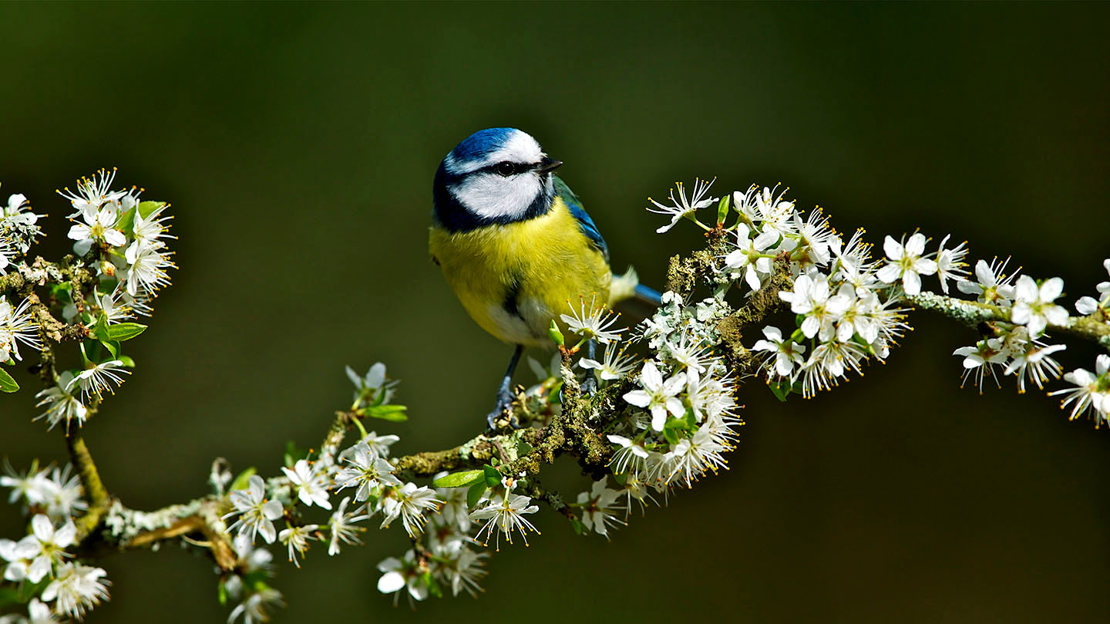
Spotted seasonal bird activity recently?
Record the comings and goings of key feathered friends and help scientists track the effects of climate change on wildlife.
Take part in Nature's Calendar
Content editor
Spring is here and that means one thing: the sweet sound of bird song is filling the air once more. But do you know which birds you’re listening to during those early morning broadcasts? We run through what blackcaps, chiffchaffs and other birds sound like when showing off their singing voices.
At this time of year nature is buzzing with activity, and it’s likely every morning you will wake to the sound of beautiful birdsong. This is the dawn chorus: the collective twitterings and tweets of the birds around you, as they defend their territory and attract a mate. It takes place from March through to July, and the best time to hear the dawn chorus is approximately an hour before the sun rises. So, you’ll need to be an early bird if you want the best chance to hear it!
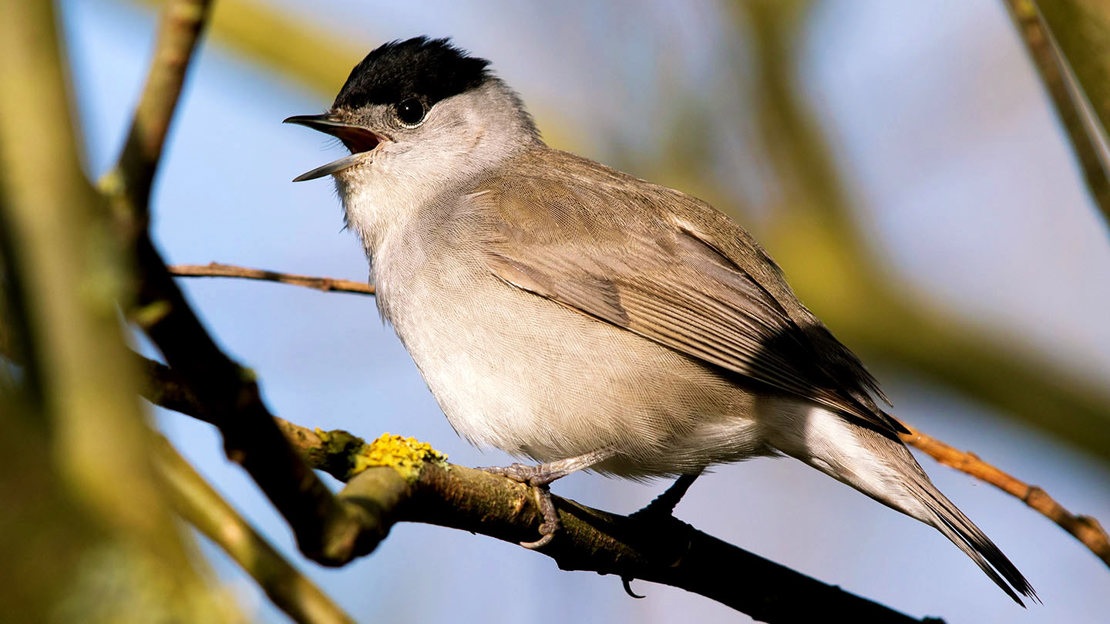
Nicknamed the ‘northern nightingale’ and the ‘mock nightingale’ due to its pretty, flute-like song, the blackcap is a grey warbler with a distinctive black cap. It visits the UK during the spring/summer months, bringing with it its sweet, chattering warble, although some birds have been known to stay year-round. The blackcap can be heard in woodland and gardens, as long as there are dense shrubs and bushes for them to hide in.
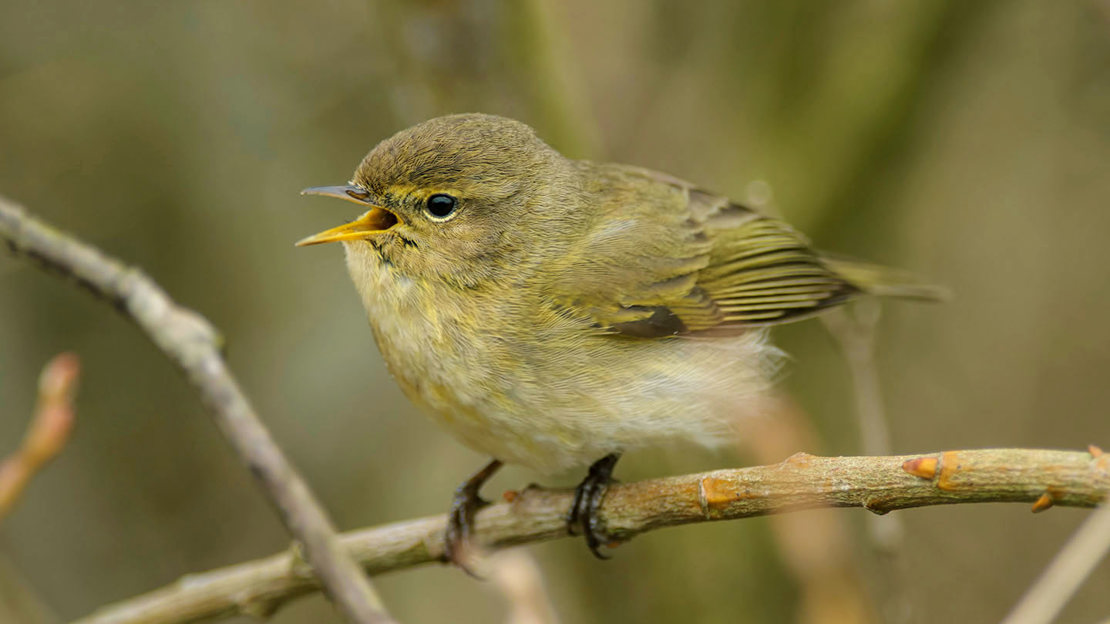
This tiny bird is named after its sweet song, which has a ‘chiffchaff chiffchaff’ sound. It is one of the first songbirds to be heard during early spring, when it arrives from West Africa and the Mediterranean. The chiffchaff is greenish-brown in colour with dark legs, and is often confused with the willow warbler. The latter has pale legs however, and a very different song. Chiffchaffs can be found in parks, gardens and woodland.
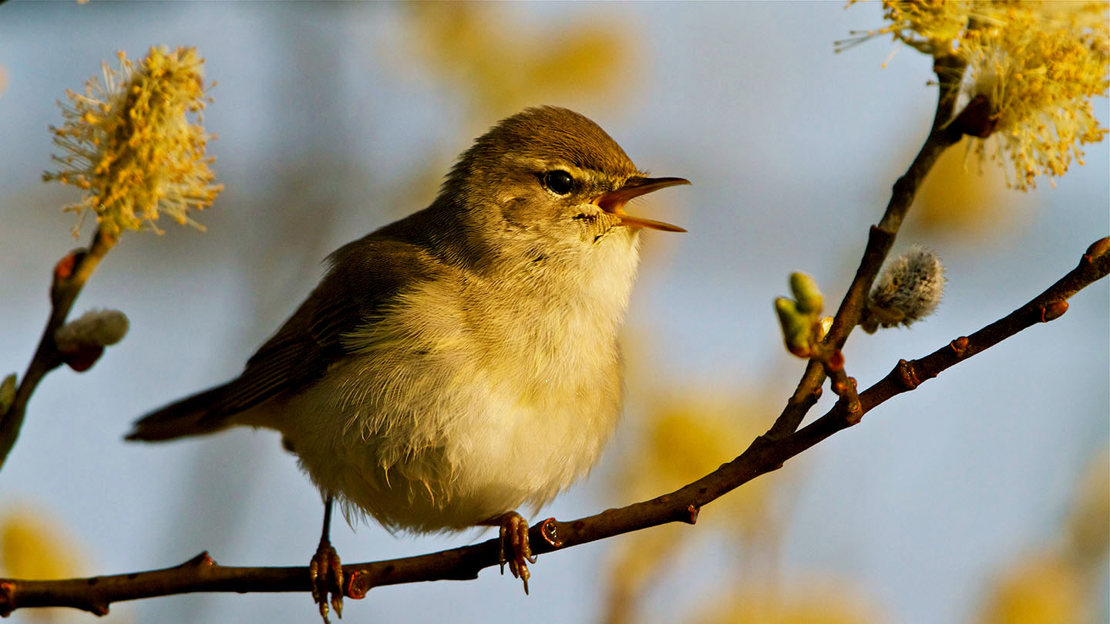
Very similar in appearance to the chiffchaff, the willow warbler is easily distinguished by its melodious song, which quickly rises and then falls, before tailing off. It is often heard singing in open woodland.
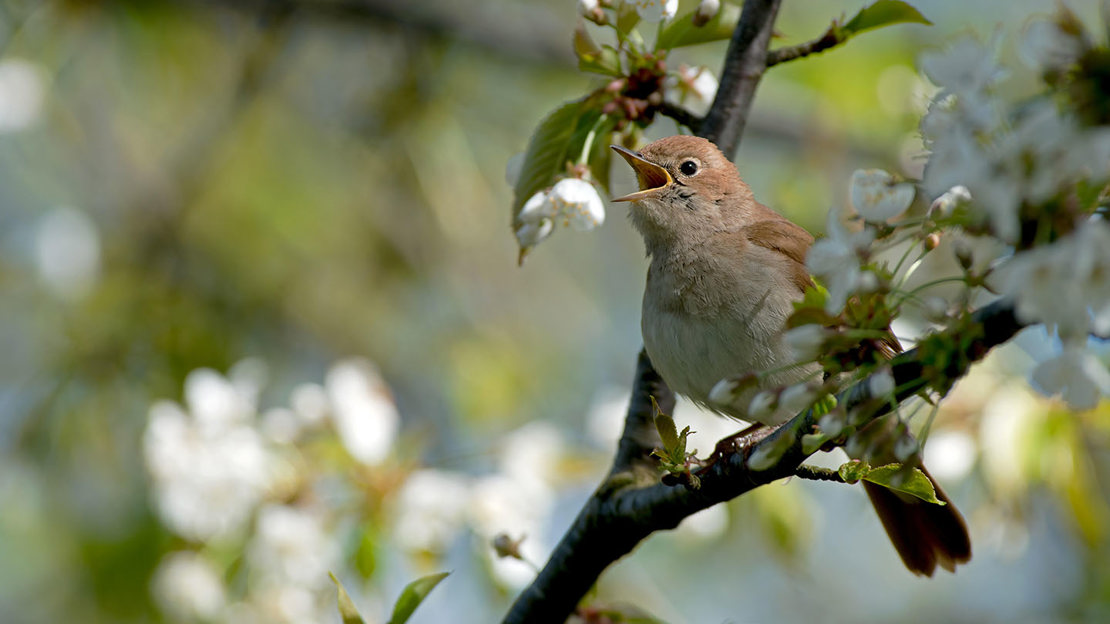
The king of the songbirds, the nightingale is much more likely to be heard than seen. Its beautiful song features an array of high and low notes, sung at a high speed. You're most likely to hear a nightingale singing from dense bushes, shrubs and vegetation, usually in woodland.
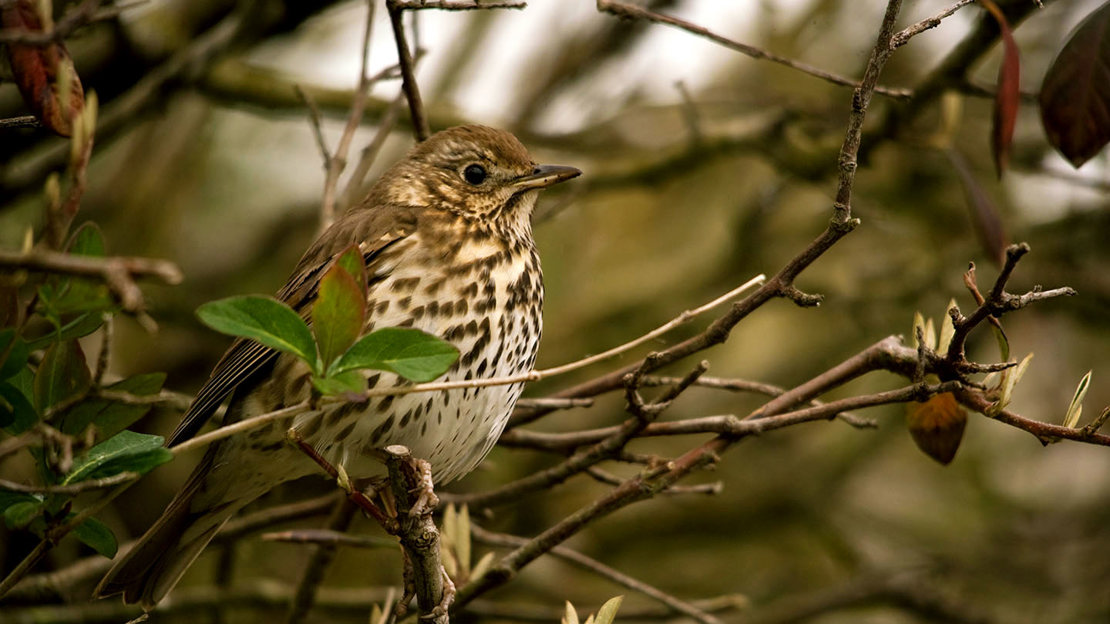
Another bird famed for its vocals, the song thrush has a varied song. It often repeats phrases several times in a row, and can be heard singing all year round. The best place to hear a song thrush is in an area with dense shrubbery.

These brightly coloured birds have a high-pitched, trilling song and can be heard throughout the year. They are common garden visitors.
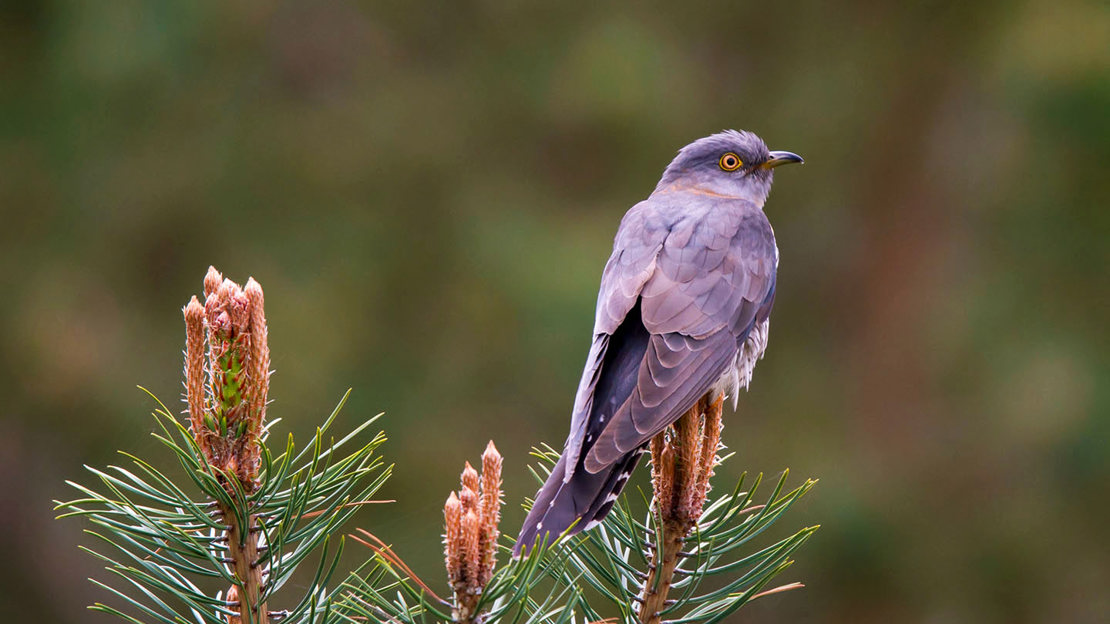
The cuckoo’s song is perhaps one of the most easily identifiable, and it is where it gets its name. Its simple two-note ‘cuc-koo’ is only sung by the male bird. This bird favours farmland, marshes, moors and woodland.
Have any of these songbirds visited your garden lately? Record your chiffchaff and blackcap sightings on Nature’s Calendar and you can help scientists track the effects climate change has on wildlife. In line with Government instruction, please stay close to home and do not make unnecessary journeys by car – there’ll be lots of things to spot in your garden or on your local walk that can be added to Nature’s Calendar.

Record the comings and goings of key feathered friends and help scientists track the effects of climate change on wildlife.
Take part in Nature's Calendar